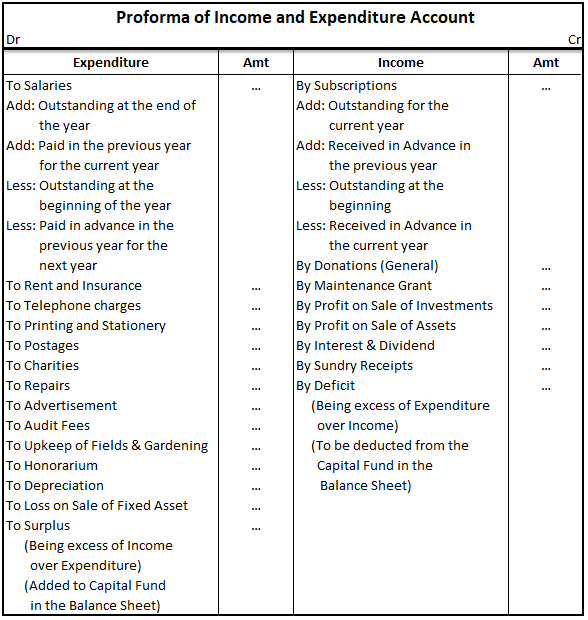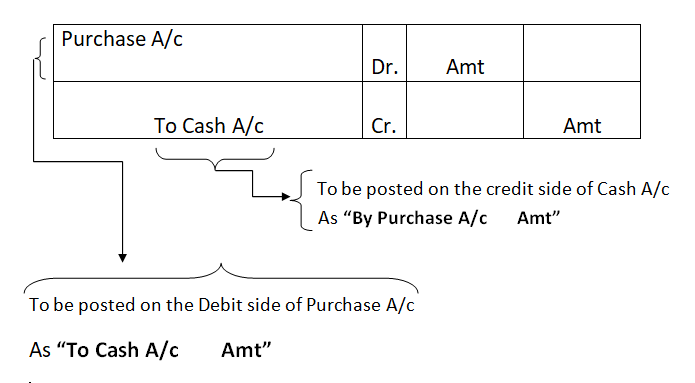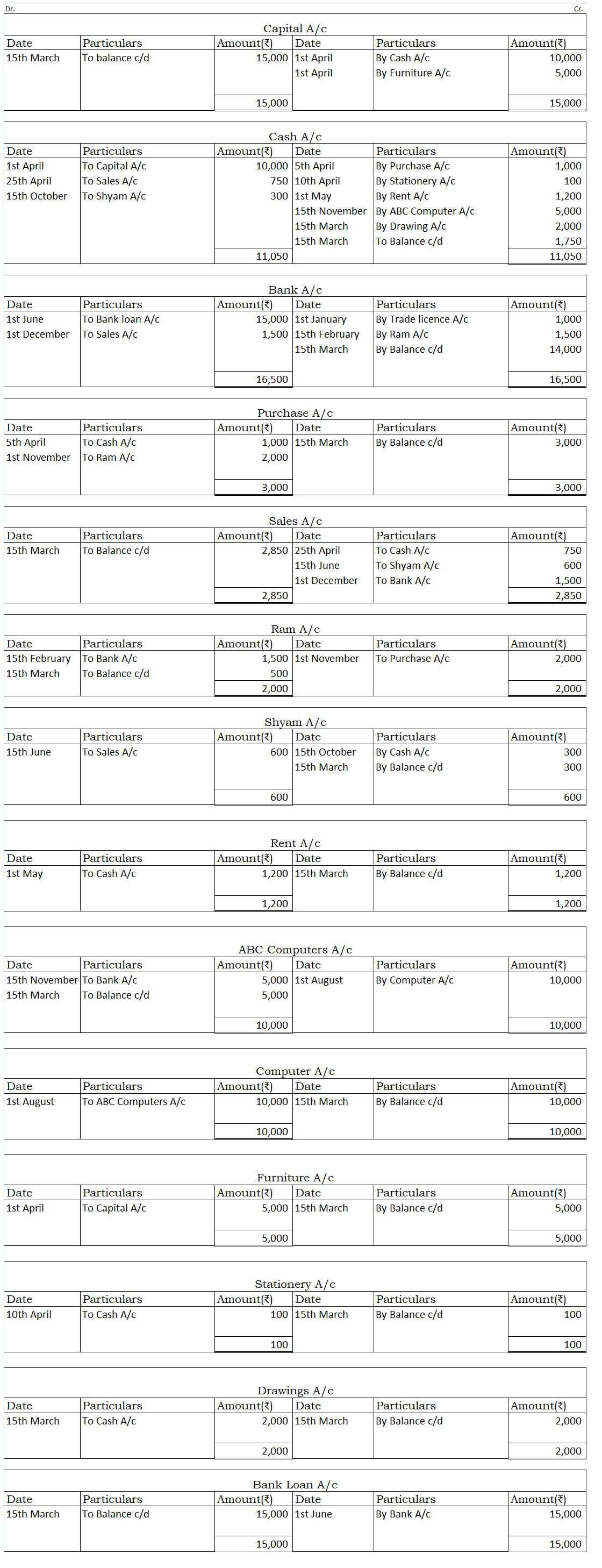Revenue and income are two accounting terms that are often used interchangeably. However, it is important to understand that these two terms are different. Let us know the difference between the two through the discussion below: What is Revenue? Revenue is the total amount of a business's sales. ItRead more
Revenue and income are two accounting terms that are often used interchangeably. However, it is important to understand that these two terms are different. Let us know the difference between the two through the discussion below:
What is Revenue?
Revenue is the total amount of a business’s sales. It is the total amount earned by a business before deducting any expenses. Revenue is recognized in accounting as soon as a sale happens, even if the payment hasn’t been received yet.
For example, XYZ Ltd sold 100 pens at a selling price of 10 per pen. The total revenue of the business is hence 1,000.
What is Income?
Income is the amount earned by a business after deducting any direct or indirect expenses. It is the amount that is left after subtracting all expenses, taxes and other costs from Revenue.
Which is a broader term between the two?
Revenue is a broader term as it includes the total earnings a business generates before deducting any expenses. It includes all sales of goods or services during a specific period.
On the other hand, income is calculated after deducting certain expenses like taxes, interest, etc. This makes it more specific and refined than revenue.
Revenue provides a measure of a company’s ability to generate sales and income reflects the efficiency in managing costs and generating profits.
See less







Definition Section 43 of the companies act 2013 prescribes that the share capital of a company broadly can be of two types or classes : Preference shares Equity shares Preference shares Preference shares are the shares that carry the following two preferential rights : Preferential rights to receivRead more
Definition
Section 43 of the companies act 2013 prescribes that the share capital of a company broadly can be of two types or classes :
Preference shares
Preference shares are the shares that carry the following two preferential rights :
Classes of preference shares
Preference shares are broadly classified as follows :
With reference to the dividend
Cumulative preference shares are those preference shares that carry the right to receive arrears of dividends before the dividend is paid to the equity shareholders.
Non-cumulative preference shares are those that do not carry the right to receive arrears of dividends.
Participation in surplus profit
Participating preference shares of the company may provide that after the dividend has been paid to the equity shareholders, the holders of preference shares will also have a right to participate in the remaining profits.
Non-participating preference shares are those preference shares that do not carry the right to participate in the remaining profits after the equity shareholders have paid the dividend.
Convertibility
Convertible preference shares are those preference shares that carry the right to be converted into equity shares.
Non-convertible preference shares are those that do not carry the right to be converted into equity shares.
Redemption
Redeemable preference shares are those preference shares that are redeemed by the company at the time specified for the repayment or earlier.
Irredeemable preference shares are preference shares the amount of which can be returned by the company to the holders of such shares when the company is wound up.
Equity shares
Equity shares are those shares that are not preference shares.
Equity shares are the most commonly issued class of shares that carry the maximum ‘risk and reward ‘ of the business the risks of losing part or all the value of the shares if the business incurs losses.
The rewards are the payment of higher dividends and appreciation in the market value.
See less